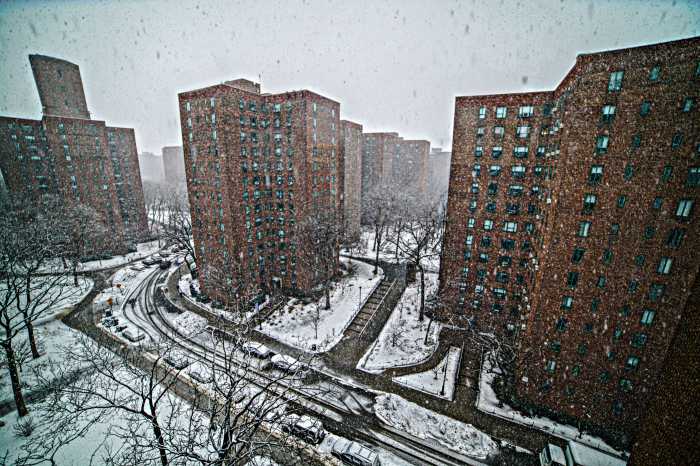Like most of the white liberal-to-left elite, I am mesmerized by radical 1960s and ‘70s activist groups such as SDS and the Weather Underground. My auto-entrancement likely stems from a deep nostalgia for the glory days when 100,000 protesters could march on the Pentagon and not a one could be linked to Al Qaeda.
For years, I, with my cohorts, have watched film dramas, documentaries, and plays; attended conferences and art installations; worn retro tie-dyes and half-price items from the Gap’s “1969” clothing; pored over novels, history books, and memoirs, memoirs, memoirs — all in a vague attempt to staunch some psychic wound possibly caused by the question of violence.
Some of our ‘60s nostalgia may be a yearning for a time when we could guilelessly discuss the use of “armed struggle” for social change and whether we should give up our little individual lives in order to play a part for history’s greater good. Today these questions are stifled, in fiction and nonfiction, by template portrayals of ‘60s revolutionaries as smug, angrily idealistic kids who “had everything but threw it away.” Few accounts stop to consider that these kids were able to throw everything away because they were, in the first place, white.
The latest remembrance-of-us-past is “The Company You Keep,” a film directed and starred in by Robert Redford. For two hours, middle-aged yet mysteriously hip white people, passing as well-adjusted conformists, delve into their incendiary past, while fending off media and cops seeking justice for a ‘60s rad-lib bank robbery (which never happened) that resulted in the death of a security guard (who never existed). But, for all the film’s hackneyed suspense and narcissism disguised as concern with real moral dilemmas, what Redford, Susan Sarandon, Nick Nolte, and Julie Christie manage to convey — erroneously — is that there was a large number of celebrities in the Weather Underground who have emerged victorious from la lucha with plastic surgery.
Missing egregiously from this film — and from 97.9 percent of mainstream films, books, and art about this era — are black people and other people of color. What was the reality of the Black Panthers and the Young Lords who, in fact, radicalized white organizations? What did they want? Where did they go? Did they survive?
Recently, at Manhattan’s Baruch College, there was yet another panel on ‘60s radicalism. But this one was different: it focused on the experience of black radicals. From the panelists, you got the idea that, unlike SDS and Weather kids, most black youth in the ‘60s didn’t wake up one day in a college dorm and realize their country was unjust — they began internalizing that reality in the womb. The fact of the Jim Crow South and the North’s undeclared apartheid forced thousands of young black people to see themselves “in a war,” which didn’t allow many options for discussing armed struggle versus nonviolence.
In this war — and now on this panel — was Ericka Huggins. Her life, once luridly trash-compacted into forgettable tabloid headlines, is now largely ignored by popular history. In 1969, at 18, Ericka became, with her husband John, a leader of the Los Angeles chapter of the Black Panther Party. Three weeks after the birth of their daughter, John was gunned down on the UCLA campus by a member of a rival black group, the US Organization. Although a Senate investigation would later reveal this murder to have been instigated by the FBI’s Counter Intelligence Program, the public at the time easily dismissed it because, as Ericka noted, “Black men are supposed to shoot black men.”
After bringing John’s body to New Haven for burial, Ericka, with Bobby Seale, was charged — I can’t say “framed” here because I’m trying to be objective — with the murder of another Panther member. Her daughter was taken from her and Ericka spent two years in prison, often in solitary confinement, until a massive legal campaign forced prosecutors to drop the charges.
Today, Ericka Huggins said, people ask her, “After all your suffering, why, didn’t you leave the party, leave radicalism?”
Because, she answers, she couldn’t give up this fight for the fundamental humanity of people of color, for the vast — and vastly ignored — reality that every child of any color is welcome and needed on this planet.
Ericka was able to survive because in prison she taught herself to meditate. “Now,” she said, “if I don’t meditate on any given day, it’s like I’ve left home without my clothes.” After prison, Ericka became a grade-school teacher; she taught yoga and mediation in prisons; she developed a volunteer program for women and children with HIV in San Francisco’s Tenderloin district.
Now in her early 60s, she’s a tall, silver-haired grandmother who works in restorative justice, a practice in which the people who’ve hurt others — often criminally — can sit down with those they’ve harmed and try to find some mutual resolution. It was through restorative justice that the man who killed John Huggins could, years later, ask Ericka for forgiveness. And it was through some act of grace, which I have yet to see in any pop version of the ‘60s, that Ericka Huggins was able to forgive him.
Three other radical activists appeared on this panel — Dhoruba Bin Wahad, Akinyele Umoja, and Dequi Kioni Sadiki. Each told a different life tale, equally stunning. Stories like these — unlike pre-cooked ‘60s action thrillers — will not be coming anytime soon to a theater near you.
Maybe that’s okay. Unless Ericka Huggins has a yen to be played by Kerry Washington, Robert Redford should probably not know about stories like this. But we should.
We must.
































